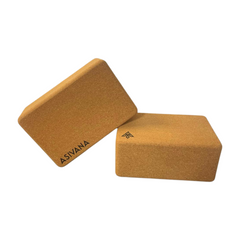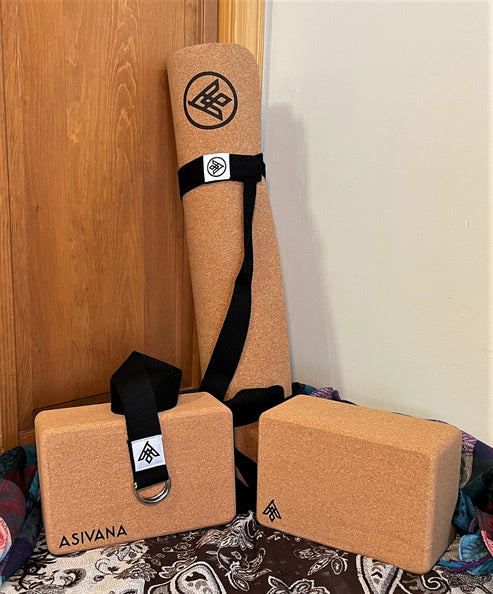What is Jivamukti Yoga?
Jack UtermoehlShare
Jivamukti yoga, founded by Sharon Gannon and David Life in 1984, offers a powerful synthesis of physical rigor, spiritual depth, and ethical living. This method bridges ancient yogic teachings with contemporary relevance, delivering a full-spectrum experience that challenges and inspires.
The practice centers around five foundational tenets:
- Ahimsa (non-violence)
- Bhakti (devotion)
- Dhyana (meditation)
- Nada (sound)
- Shastra (scripture).
These principles shape not just the class, but the lifestyle it encourages—compassionate, intentional, and deeply connected.
Origins of Jivamukti Yoga
Sharon Gannon and David Life founded Jivamukti yoga in New York City to reintroduce the philosophical roots of yoga in a time when yoga was increasingly viewed as only physical exercise. Drawing heavily from Vedantic wisdom and yogic scriptures, their system emphasized liberation (moksha) as a lived practice rooted in spiritual activism, not theory alone.
From the beginning, Jivamukti has served as both a physical practice and a movement toward higher consciousness, merging ancient teachings with modern ethics, music, and community.
Yoga Essentials for Your Practice
Support your yoga journey with high-quality, sustainable props designed for comfort and stability.

Crafted from eco-friendly cork for durability and a comfortable practice.
$24
Shop Now
Includes everything you need to get started: a mat, blocks, and a yoga strap.
$120
Shop NowJivamukti Yoga Practice
Classes often include dynamic asana (physical posture) sequences set to music, pranayama (breathwork), chanting, meditation, and philosophical teachings.
Spiritual discourse and ethical inquiry are embedded into the practice, making it equally introspective and physically challenging.
Common Poses: Sun Salutations with mantra, Handstand (Adho Mukha Vrksasana), Lotus Pose (Padmasana), King Pigeon Pose (Raja Kapotasana)
Jivamukti Yoga Suitability
Experience Level: Intermediate Level to Advanced Practitioners
Physical Demand: Balanced Activity to Physically Engaging
Mind-Body Engagement: Balanced Mind-Body
Adaptability: Moderately Adaptable
Focus Area: Comprehensive Fitness and Spiritual Awareness
Notes on Jivamukti Yoga
Jivamukti builds strength, flexibility, and discipline while cultivating emotional resilience and ethical reflection.
It’s well-suited for practitioners who want more than a workout—they want a worldview.
Whether you're deepening your inner practice or advocating for conscious living, Jivamukti offers both the tools and the framework.
Similar Styles
Ashtanga Yoga, Vinyasa Yoga, Kundalini Yoga
Equipment
Required: Yoga Mat
Nice to Have: Yoga Blocks, Yoga Strap
Optional: Bolster, Yoga Blanket, Eye Pillow
References
Jivamukti Yoga: Practices for Liberating Body and Soul by Sharon Gannon and David Life






